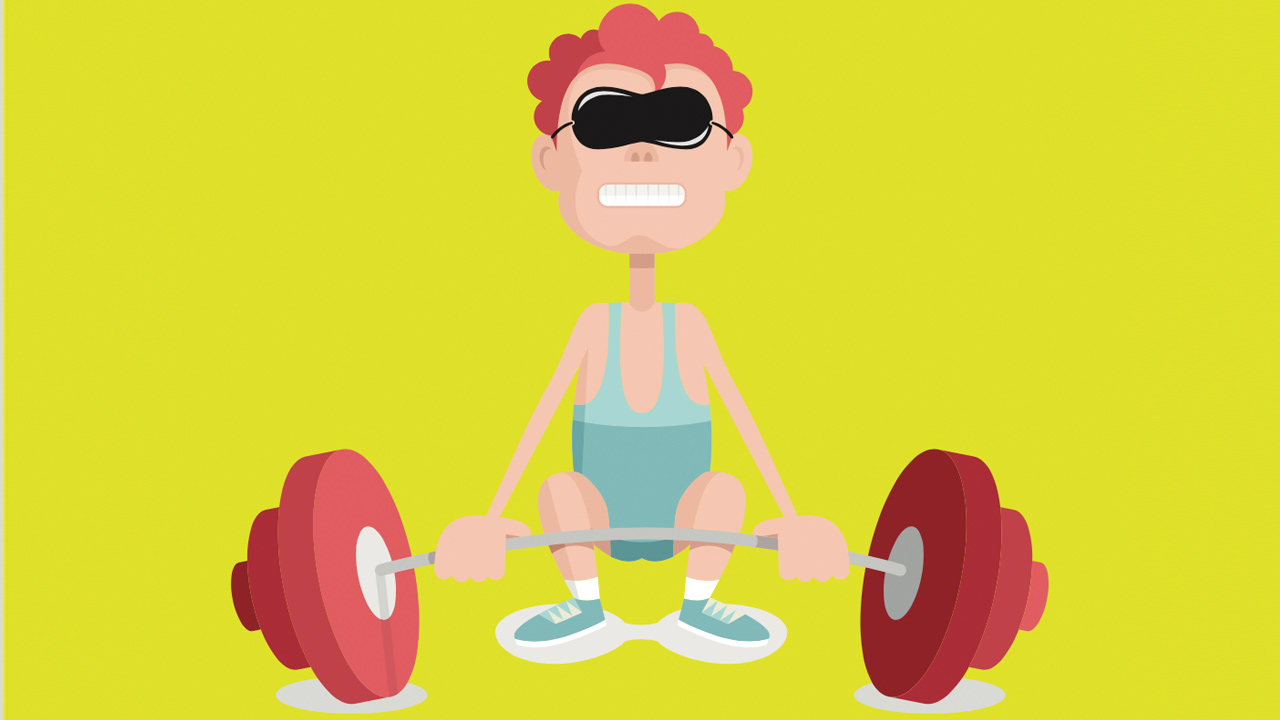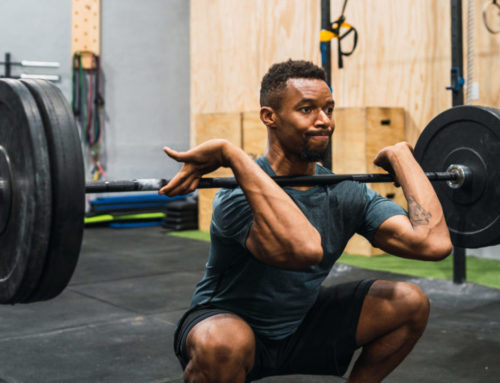If you catch yourself rolling your eyes at that dude whose physique hasn’t changed in forever – count your blessings, because it might not be for the want of trying.
Why can’t I see results from exercise?
Your inner voice telling you he needs to get his act together in the kitchen or train harder could be way off. He may just belong to the unfortunate 5% known as ‘non-responders’.
A Journal Physiological Genomics paper studied gym goers’ responses to the iron over a 16-week period.
Everybody was given the same routine, but results ranged from 5%-30% increases in strength and muscle hypertrophy.
When they analyzed the genetic pool, they found 90% of us fall into “Mr Average” territory, while 5% either side is for “super-responders”, who we all know and hate.
The hard gainers make up the rest. It’s not all doom and gloom, though.

As you can see, the term ‘non-responder’ isn’t wholly accurate – even the hardest gainers will still improve, just not at a rate of knots like those dealt a superior genetic hand.
Ready for more good news? The researchers admitted their study was limited to one routine.
Different programs may play nicer with difficult to please muscles, so don’t take no for an answer; if one program doesn’t work, try another.
Embrace your unique genetic structure, because comparing yourself to someone with a totally different DNA is a recipe for demotivation and an unfair boot to your self-esteem.
Below are various models by experts in the field of what rate you can expect to build muscle if you’re of average genetics, and the maximum predicted muscle you can potentially gain.
The Lyle Mcdonald model – (bodyrecompisition.com)
Lyle Mcdonald’s model simply, but effectively estimates the rate of muscle you might gain in a year depending on training experience.
| Year of Proper Training | Potential Rate of Muscle Gain per Year |
| 1 | 20-25 pounds (2 pounds per month) |
| 2 | 10-12 pounds (1 pound per month) |
| 3 | 5-6 pounds (0.5 pound per month) |
| 4+ | 2-3 pounds (not worth calculating) |
The Alan Aragon model
This is a simple model designed by nutrition expert, Alan Aragon, that estimates a realistic rate at which you could build muscle depending on your level of training experience.
| Category | Rate of Muscle Gain |
| Beginner | 1-1.5% total body weight per month |
| Intermediate | 0.5-1% total body weight per month |
| Advanced | 0.25-0.5% total body weight per month |
Dr Casey Butts ‘maximum muscle potential’ model
Dr Butt’s formula is more in-depth and takes into account your starting bone structure. For example, the figures below are for a man with a 7 inch wrist and 8’75 inch ankles.
To input your specific measurements, go to the Dr Casey Butts calculator
| Height | Weight at 10% Body Fat | Lean Body Mass |
| 5’8″ | 189lbs | 170 lbs. |
| 5’10” | 198 lbs. | 178 lbs. |
| 6′ | 206 lbs. | 185 lbs. |
The Martin Berkhan ‘maximum muscle potential’ model
Martin Berkhan of LeanGains.com uses a formula based on natural bodybuilders at their leanest.
The below figures are the maximum muscular potential of a natural bodybuilder according to his calculations.
| Height | Weight at 5% Body Fat | Weight at 10% Body Fat | Lean Body Mass |
| 5’8″ | 160 lbs. | 170 lbs. | 153 lbs. |
| 5’10” | 171 lbs. | 180 lbs. | 162 lbs. |
| 6′ | 182 lbs. | 192 lbs. | 173 lbs. |
For more content about maximum muscle potential and how much muscle you can gain, nutrition, and workouts, get TRAIN magazine direct to your inbox every month for free by signing up to our newsletter







